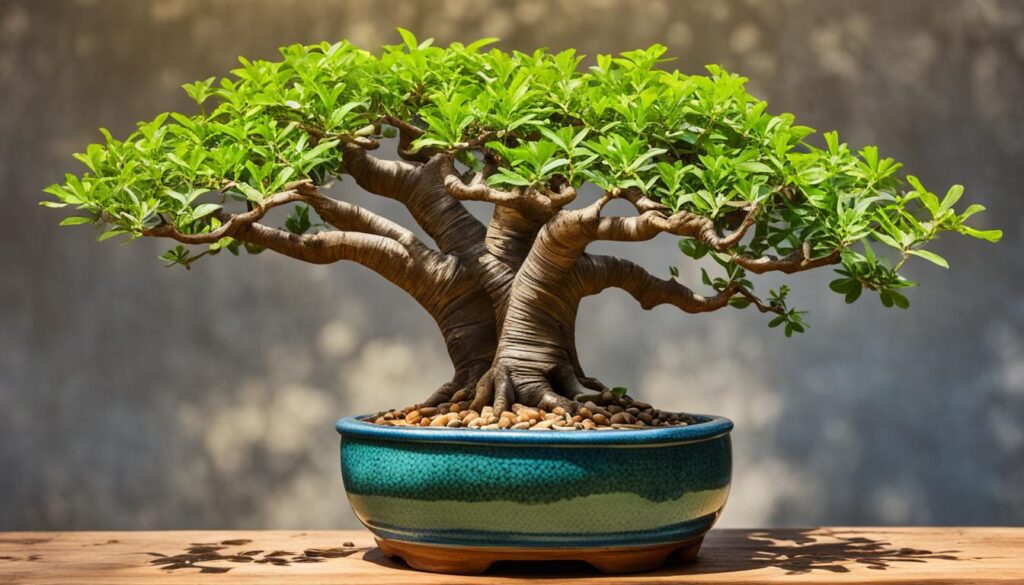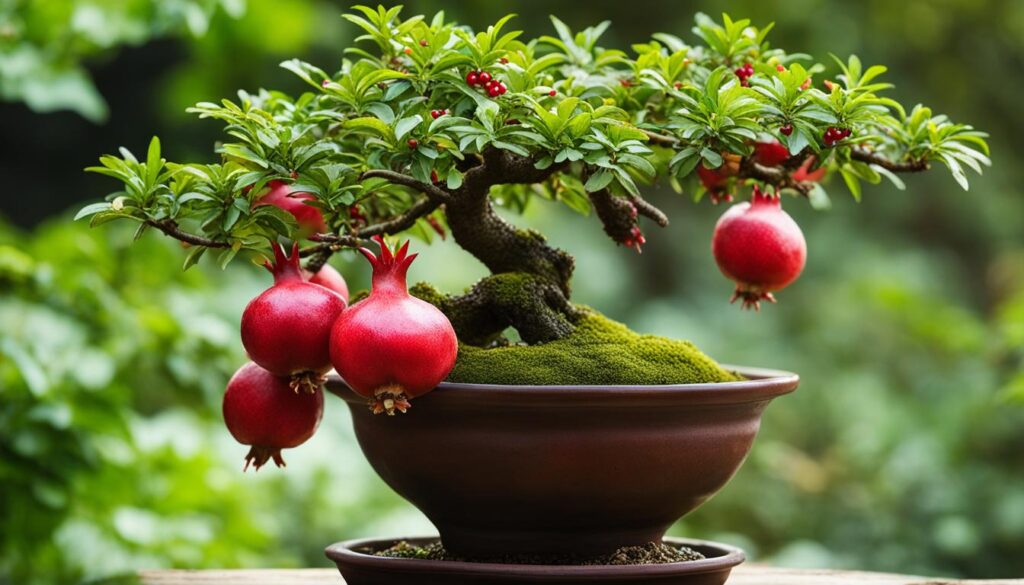If you love bonsai, you know about akadama soil. This soil is popular among bonsai growers for its benefits. Understanding the uses of akadama soil will help you cultivate healthy bonsai trees.
Akadama soil is known for supporting bonsai tree growth. Its structure allows for good water retention and drainage, which helps roots develop. This natural Japanese clay soil is favored by bonsai enthusiasts for its properties.
This article will explain what akadama soil is, its uses in bonsai cultivation, and whether it suits your bonsai plants. Let’s explore the reasons why akadama soil is a common choice for bonsai growers.
What is Akadama?
Akadama is a clay soil made for bonsai cultivation. It is a key part of bonsai soil mixes used in Japan and around the world.
Akadama soil comes from volcanic ash. Its specific qualities make it ideal for bonsai cultivation. It originates from the Akadama region in Japan.
Akadama retains water well, allowing moisture to stay without becoming oversaturated. This helps bonsai trees maintain healthy roots and reduces the risk of root rot.
Additionally, akadama soil provides excellent drainage. Its porous structure allows excess water to escape quickly, maintaining balanced oxygen levels for the roots.
The particle size and texture of akadama soil promote proper aeration, giving roots the oxygen they need for growth. This supports overall bonsai tree health.
Akadama is rich in minerals, providing essential nutrients to bonsai trees. Its combination of macronutrients and micronutrients supports strong growth.
In summary, akadama is valued for creating a nurturing environment for bonsai trees. Its unique traits make it a crucial part of bonsai soil mixes, ensuring proper water retention, drainage, and aeration.
What is Akadama Soil Used for?
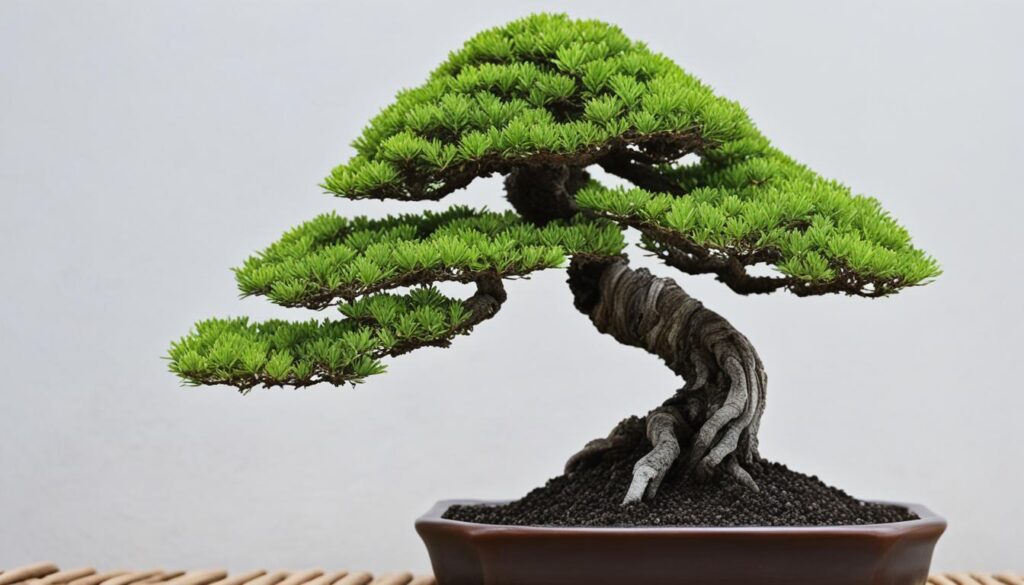
Akadama soil is a versatile plant substrate used in bonsai cultivation for its beneficial properties. Its combination of water retention and good drainage makes it the preferred choice for bonsai gardeners. Here are its main uses:
1. Repotting: Akadama soil is often used for repotting bonsai trees. Its porous texture allows for proper root aeration while keeping moisture, which helps roots grow and prevents rot.
2. Root Development: Akadama soil offers an ideal environment for strong root growth. Its drainage ensures roots get enough oxygen, while its moisture retention prevents drying out. This encourages healthy roots and tree vitality.
3.Soil Amendment: Akadama soil is an excellent soil amendment. When mixed with other materials, it helps create a balanced soil that supports nutrient uptake and maintains healthy pH levels for bonsai trees.
To summarize the uses of akadama soil, see the following table:
| Use of Akadama Soil | Benefits |
|---|---|
| Repotting | – Ensures proper root aeration – Prevents root rot – Promotes healthy growth |
| Root Development | – Enhances oxygen supply to the roots – Prevents dehydration – Stimulates vigorous root growth |
| Soil Amendment | – Improves nutrient uptake – Maintains suitable pH levels – Enhances overall tree health |
As shown, akadama soil is essential for successful bonsai cultivation. Its unique properties make it a vital part of bonsai soil mixes. Whether you are repotting, promoting root development, or amending soil, akadama provides a solid base for healthy bonsai trees.
What is a substitute for akadama?
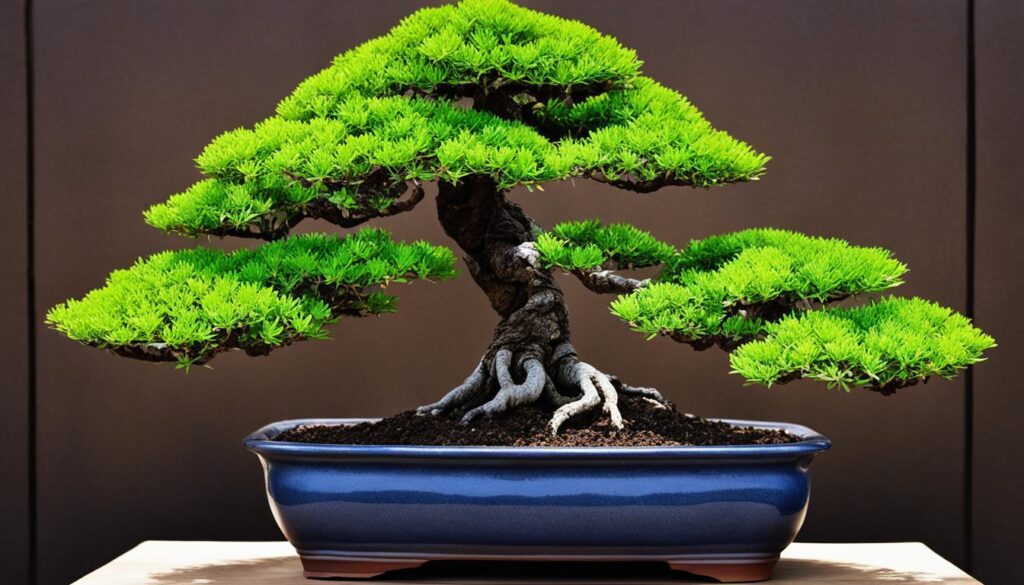
If akadama soil is hard to find or expensive, other soil options can serve as substitutes for bonsai cultivation. Here are some alternatives:
- Other types of clay soil: Look for clay soils with good drainage and moisture retention, like Kanuma soil from Japan or Turface, a calcined clay often used in sports fields.
- Volcanic soil: Pumice or lava rock can be used in bonsai soil mixes. These soils provide excellent drainage and aeration, essential for bonsai root systems.
- Commercial bonsai soil mixes: Many brands offer pre-mixed soils tailored for bonsai growth, providing the right balance of drainage and moisture. Popular brands include Fujiyama Bonsai Soil and NAPA Bonsai Soil Mix.
While these alternatives can replace akadama, they may have different properties. Adjust watering and fertilization routines as needed. Testing different soils will help you find the best fit for your bonsai.
Must read: Best Bonsai Soil: Top Mixes Reviewed
Is Akadama good for all plants?
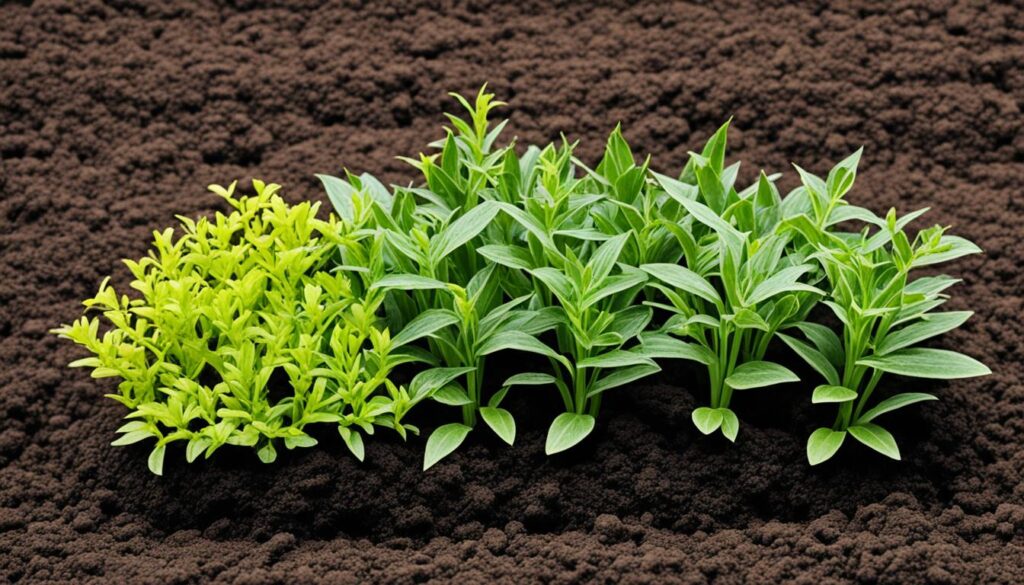
Akadama soil is mainly used for bonsai, but it benefits many other plants. Whether you have potted plants or indoor plants, akadama soil can support healthy growth.
Akadama’s properties help various plant species. Its water retention keeps soil moisture levels steady, preventing under or over watering. The soil’s porous structure allows for good aeration, crucial for healthy root development.
One key benefit of akadama soil is its stable, well-draining environment. This is vital for plants needing good drainage to avoid waterlogged roots. Akadama retains moisture while allowing excess water to escape, making it suitable for plants sensitive to water issues.
Additionally, akadama soil’s minerals provide essential nutrients for plant growth. Its porous structure helps roots access nutrients efficiently, promoting healthier plants.
When using akadama soil for plants other than bonsai, consider its availability and cost for larger-scale gardening projects.
Overall, while akadama is known for bonsai, its unique qualities make it a good option for various plants. Its water retention, drainage, and nutrient-providing properties support overall plant health, whether in pots or containers.
“Akadama soil’s unique characteristics make it a versatile plant substrate that can benefit a wide range of plants, providing optimal moisture retention, excellent drainage, and essential nutrients.”
Is Akadama Acidic or Alkaline?
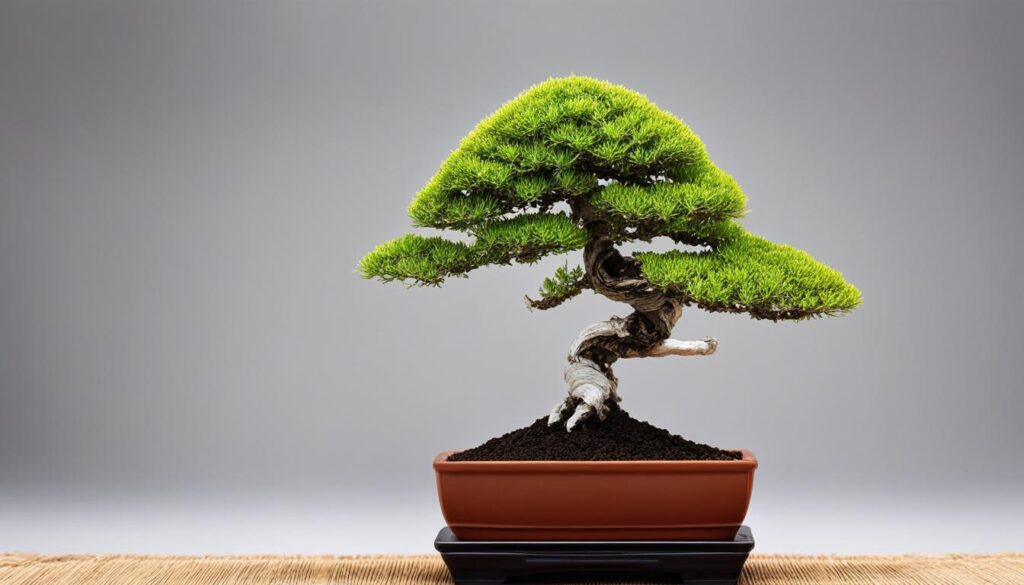
Soil pH is important for plant health. Understanding the pH of akadama soil helps in selecting plants and managing growing conditions.
Akadama soil has a neutral pH, making it suitable for various plants. Unlike acidic or alkaline soils, akadama offers a balanced pH level that supports root development and nutrient absorption.
A neutral pH allows for better control of the growing environment, accommodating the needs of different plant species. Whether your plants prefer acidic or alkaline conditions, akadama provides a neutral base that can be adjusted as needed.
By maintaining a neutral pH, akadama soil creates ideal conditions for plants. It balances acidity and alkalinity, ensuring optimal root health and nutrient availability.
Is Akadama inorganic?
The makeup of bonsai soil affects the health of bonsai trees. Many wonder if akadama soil is organic or inorganic. Let’s examine its nature.
Akadama soil comes from a specific clay type in Japan. It is known for its properties that benefit bonsai trees. The soil forms through natural weathering, producing a consistent texture and particle size.
The mineral content of akadama includes clay minerals, such as montmorillonite and kaolinite, along with other minerals like quartz and iron oxides. These minerals help retain water and provide drainage.
Akadama soil is classified as inorganic due to its mineral content. Unlike organic soil, which comes from decomposed materials, akadama does not contain organic matter. This provides advantages for bonsai cultivation.
Inorganic soils like akadama last longer. Organic soils can break down, losing structure and nutrients. Akadama maintains stability and drainage, promoting healthy roots and reducing waterlogged soil.
While akadama soil is inorganic, it can still support a healthy bonsai ecosystem. It works well with other materials like pumice and lava rock, creating an ideal growth medium for bonsai.
Akadama soil’s inorganic nature and unique composition make it an excellent choice for bonsai enthusiasts. Its mineral properties contribute to enhanced drainage and water retention, crucial elements for maintaining optimal root health and overall tree development.
How do you water Akadama?
Proper watering is vital for bonsai trees. Here are tips for watering akadama soil effectively, ensuring optimal moisture while avoiding over or under watering:
- Observe the soil moisture: Check the moisture level regularly with your finger or a moisture meter. Keep the soil moist but not saturated.
- Water thoroughly: Pour water evenly on the soil surface until it drains from the pot’s holes. This ensures water reaches the roots and drains properly.
- Establish a watering routine: Bonsai trees need consistent watering. Adjust the schedule based on temperature, humidity, and pot size.
- Avoid standing water: Do not leave the bonsai in standing water to prevent root rot. Ensure excess water drains completely.
- Consider humidity: Bonsai thrive in moderate humidity. Increase humidity by misting leaves or placing a water tray nearby for evaporation.
Maintaining moisture balance is key. Overwatering can suffocate roots, while underwatering can cause dehydration. By following these watering methods and monitoring soil moisture, you can provide the best conditions for your bonsai in akadama soil.
What is the Difference Between Akadama and Aqua Soil?
If you garden or cultivate bonsai, you may know about both akadama soil and aqua soil. While both are used for plants, they differ in key ways. Here is a comparison:
Akadama soil is a Japanese clay known for its drainage, ideal for bonsai tree health and development. It retains moisture well, which is important for bonsai.
Aqua soil is made for aquatic plants. It is a specialized substrate that offers essential nutrients for plants in aquariums. Aqua soil usually contains volcanic ash, peat, and organic matter, tailored for aquatic needs.
A major difference lies in their composition. Akadama is mostly clay, while aqua soil combines volcanic ash and organic materials. This reflects their different uses: akadama for bonsai and aqua soil for aquatic plants.
When choosing between akadama and aqua soil, consider your plants’ needs. Akadama suits bonsai and similar plants needing well-draining soil. Aqua soil is for aquatic plants requiring nutrient-rich substrates.
In short, akadama and aqua soil have different properties and uses. Akadama is preferred for bonsai due to its drainage and moisture retention, while aqua soil is meant for aquatic plants. Choose the substrate based on your plants’ requirements.
Unlock the Secrets to Mastering Flame Tree Bonsai: Your Ultimate Growing and Care Guide! >>>
Unlock the Secrets to Thriving Oak Bonsai: The Ultimate Growing and Care Guide You Can’t Miss! >>>


